We may be compensated if you purchase through links on our website. Our team is committed to delivering honest, objective, and independent reviews on home products and services.
A wall-mounted shopping list is a practical and stylish way to keep your household organized. In this guide, we walk you through creating your own wall-mounted shopping list using simple materials and tools. This Old House do-it-yourself (DIY) expert Michelle Brunner demonstrates the process in the video above, showing how to transform a piece of plywood and chair rail molding into a useful home organization tool.
Materials and Tools Needed
Here’s what you’ll need for this DIY project:
- 1/2-inch plywood (14-by-16 inches)
- 1-inch wood dowel
- Chair rail molding
- Cup hooks
- Decorative knobs
- Hacksaw blade
- Hanger bolts
- Kraft paper roll
- Paint
- Screws
- Superglue
- Wood glue
You’ll need these tools:
- Circular saw
- Coping saw
- Drill/driver
- Mini paint roller
- Pencil
- Sandpaper (medium-grit)
- Screwdriver
- Small paintbrush
Preparing the Base for the Mounted Shopping List
The first step in creating your wall-mounted shopping list is to prepare the base. This involves cutting the plywood and shaping the chair rail molding to create a decorative edge.
Cutting the Plywood
Using a circular saw, cut the plywood to size. For this project, we’re using a piece that measures 14 by 16 inches. This size provides ample space for your shopping list while remaining compact enough to fit in most spaces.
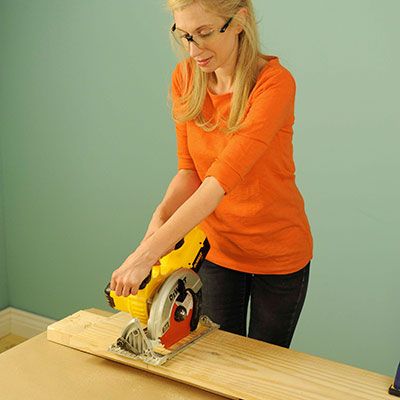
Shaping the Chair Rail Molding
To add a decorative touch to your shopping list holder, you’ll shape the chair rail molding. Here’s how to do it:
- Draw a pencil line along the molding’s profile, creating a curve that follows the contours of the molding.
- Use a coping saw to make a series of small perpendicular cuts (kerfs) up to the drawn line.
- Cut along the curved line, following your pencil marks.
- Repeat the process at the other end of the molding.
- Sand the cut edges to smooth out any roughness.
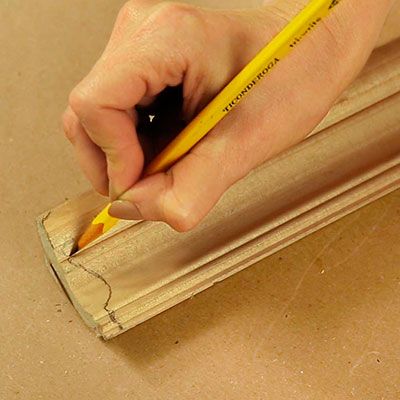
This shaping process gives the molding a more finished and professional look, enhancing the overall appearance of your wall-mounted shopping list.
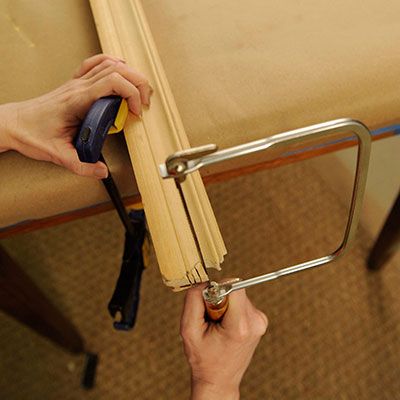
Assembling the Components
With the base prepared, it’s time to assemble the various components of your shopping list holder.
Installing the Hooks
The hooks will hold your paper roll.
- Measure 2 inches from the top and 2 inches from the side of the plywood.
- Drill pilot holes for the cup hooks.
- Position the hacksaw blade and drill pilot holes where the holes are in the blade.
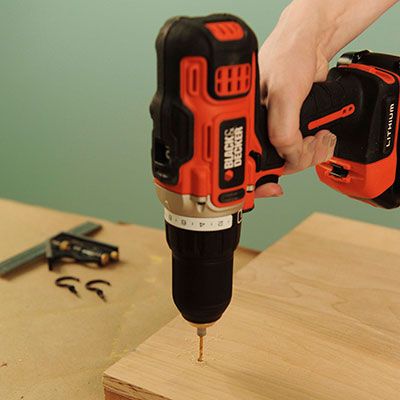
Preparing the Knobs and Dowel
The knobs and dowel create the paper holder mechanism.
- Replace the machine screws of the decorative knobs with hanger bolts.
- Cut the 1-inch dowel to size.
- Drill a pilot hole in the center of both ends of the dowel.
- Dry-fit the decorative knobs to ensure they’ll screw in properly later.
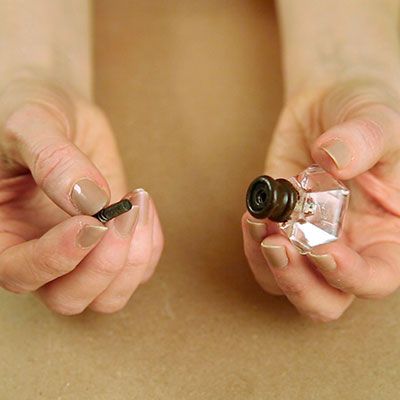
Attaching the Molding
Now it’s time to attach the shaped molding to the plywood base.
- Apply a combination of wood glue and superglue to the back of the molding.
- Affix the molding across the top of the plywood.
- Hold in place until the glue sets. The superglue acts as a fast-setting clamp, while the wood glue provides lasting hold.
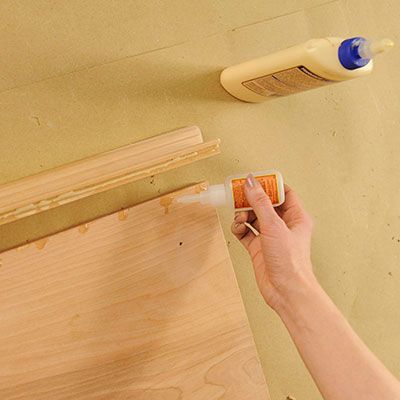
Finishing Touches
With the main components assembled, you can now add the finishing touches to your wall-mounted shopping list.
Painting
Give your shopping list holder a polished look with a coat of paint.
- Choose a paint color that complements your decor.
- Use a small brush for detailed areas and edges.
- Use a mini roller for larger, flat surfaces.
- Apply the paint evenly, allowing it to dry completely between coats if needed.
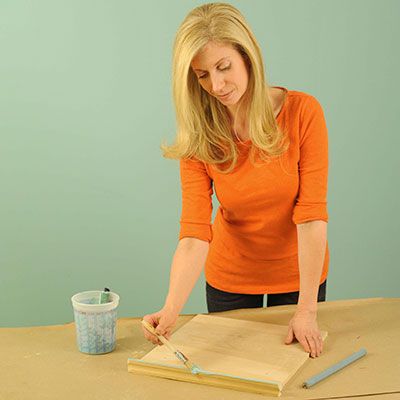
Installing the Paper Roll
Now it’s time to install the paper roll and finalize your shopping list holder.
- Screw in the cup hooks at the pre-drilled locations.
- Slip your kraft paper roll onto the prepared dowel.
- Set the dowel with the paper roll onto the hooks.
- Screw the decorative knobs into the ends of the dowel.
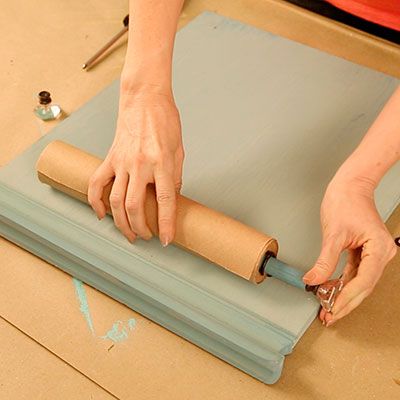
Positioning the Blade
The hacksaw blade serves as a tear-off edge for your shopping list. Pull a length of paper from the roll and position it under the hacksaw blade. Screw the blade into place at the predrilled holes.
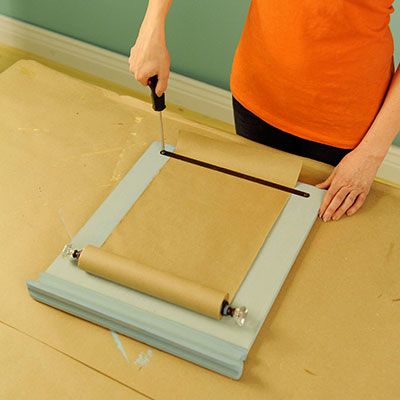
Troubleshooting Common Issues
When undertaking any DIY project, encountering issues is common. Here are some solutions to potential problems you may face.
Uneven Cuts
Using a coping saw requires a steady hand. If your cuts are uneven, sand down the uneven areas gradually. Practice on scrap pieces of molding before making final cuts.
Weak Adhesion
If the molding isn’t sticking well to the plywood, ensure both surfaces are clean and dry. Apply clamps to hold the pieces together more firmly until the glue dries.
Wobbly Paper Roll
If the dowel isn’t sitting securely on the hooks, double-check the positioning of the cup hooks. Use thicker dowels or more robust hooks for added stability.









